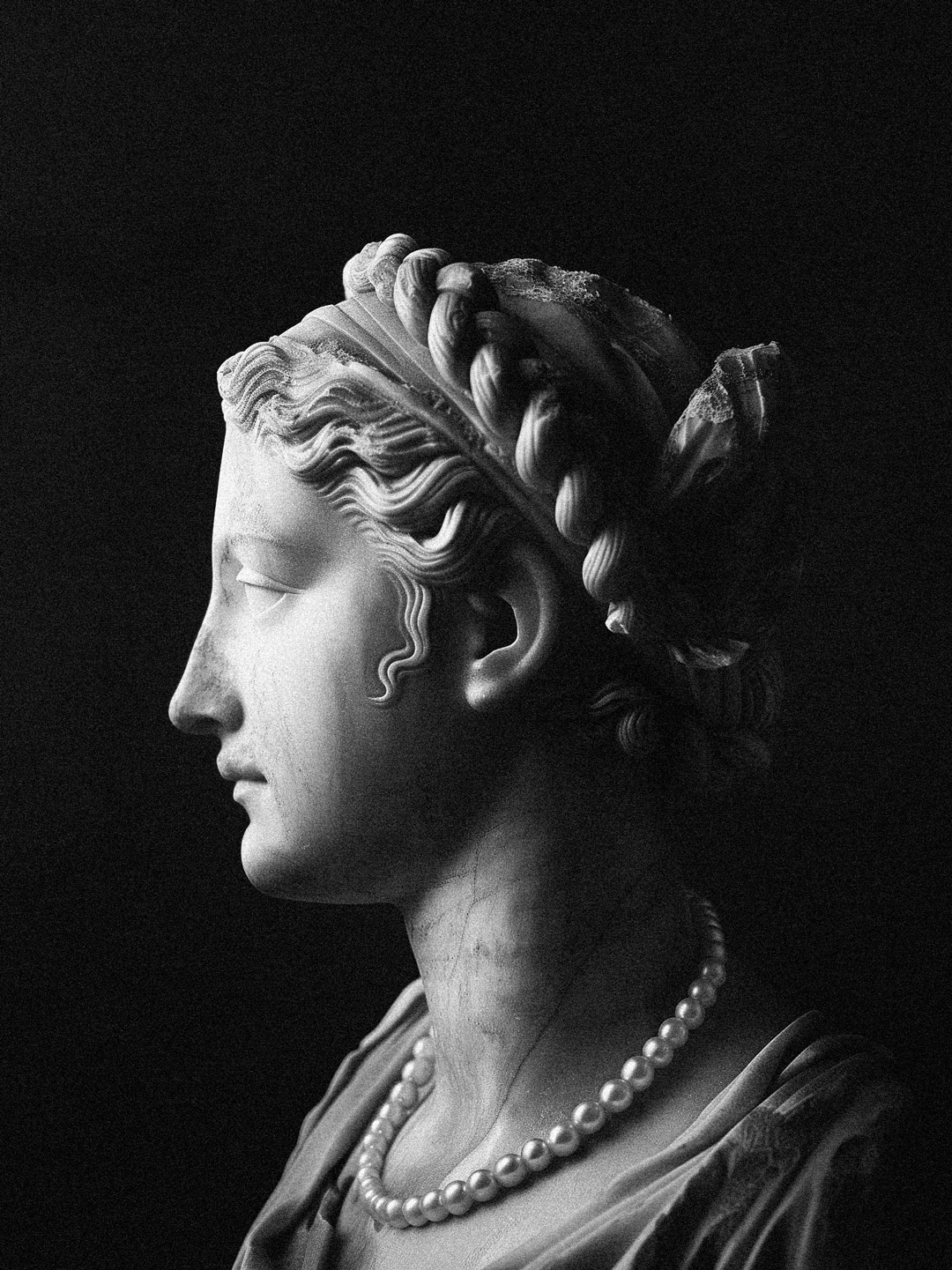Blooming Deals: Exclusive Offers from Florist Studio!
Hey there, flower lovers and eco-warriors! Today, we’re diving into something close to my heart—how to create sustainable floral arrangements. As someone who’s spent a good chunk of time in the hustle and bustle of a florist studio, I’ve seen firsthand how the industry can be both beautiful and wasteful. But hey, it’s 2023, and we’re all about finding that sweet spot where beauty meets sustainability.
Now, let me take you back to last spring. I was prepping for a wedding gig in this quaint little town by the coast. The bride wanted everything eco-friendly, right down to the last petal. It was one of those moments when you realize just how much waste comes from traditional floral arranging—plastic wrappings, foam blocks (oh, don’t get me started on those!), and flowers flown in from halfway across the world.
The first step? Sourcing local blooms. It’s like shopping at your neighborhood farmer’s market instead of hitting up a big-box store. There’s something truly special about meeting the grower who’s nurtured these flowers with love and care right in your own backyard—or nearby at least! Plus, local flowers are fresher since they haven’t traveled thousands of miles. And honestly? They usually smell so much better too!
One real game-changer for me was discovering alternatives to floral foam. Yes, that green stuff we all secretly hate but still use because it makes life easy-peasy sometimes? There are actually loads of options now like chicken wire or reusable structures made from natural fibers that can support our beloved blooms without harming Mother Earth.
And let’s talk about vases for a sec—those stunning glass jars or ceramic pots you probably have stashed away somewhere could find new life as part of your arrangements! During another event earlier this year (a small community festival), I encouraged people to bring their own containers which added an incredible personal touch while reducing waste.
For foliage filler—which many think is just ‘filler’ but oh boy does it add depth—I try using herbs or edible greens whenever possible. Not only do they make arrangements look lush and vibrant but they’re also practical if repurposed afterward! Imagine gifting someone an arrangement where parts can end up garnishing tonight’s dinner; now that’s what I call multitasking with style.
Something else worth mentioning: composting! When I first started out as a florist apprentice (ages ago), nobody really talked about what happens after flowers wilt beyond tossing them away. But nowadays even small studios have compost systems set up—and trust me—it feels pretty great knowing petals will eventually become nutrient-rich soil instead of landfill fodder.
I remember chatting over coffee with Linda—a fellow florist friend who runs her studio entirely off-grid (she’s basically living my dream). She shared some nifty tips on recycling water used during arrangement prep by collecting rainwater or setting up simple filtering systems so nothing goes down the drain wastedly… Who knew being kind could be so darn clever?
Oh goodness gracious—I could go on forever here—but before signing off let me say this: creating sustainable floral art isn’t just trendy or responsible; it’s genuinely fulfilling work knowing each choice helps preserve our planet bit by bit while spreading joy through nature’s wonders…
So next time you’re tempted by imported orchids wrapped snugly around Styrofoam hearts… pause briefly… consider going green(er). You might surprise yourself—not only with creativity unlocked—but also realizing how interconnected everything truly is—from seedling sprouts rooted deep within earth below—to blossoms blooming above under skies vast & open wide… 🌸
Keep growing sustainably,
[Your Name]

Leave a Reply